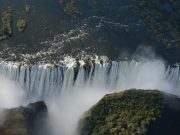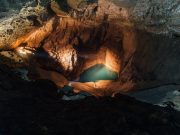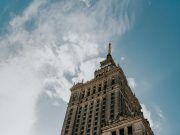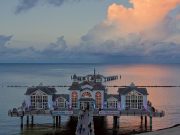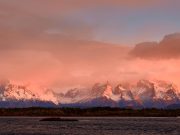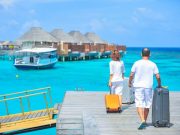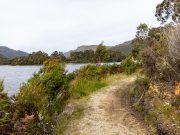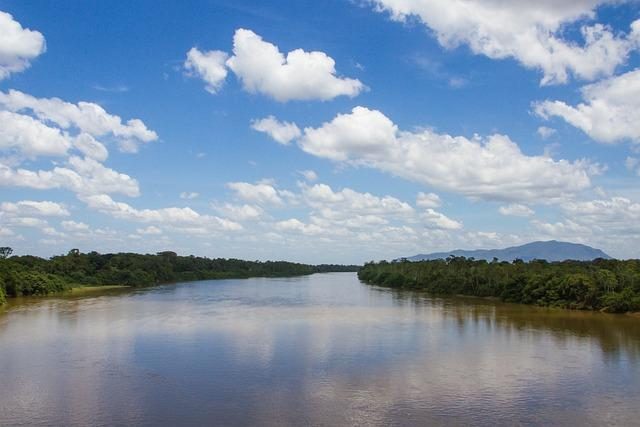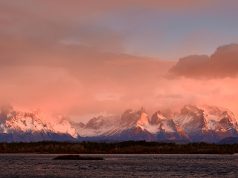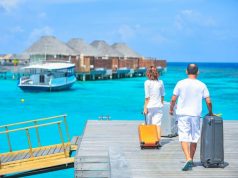In the heart of South America lies the Amazon rainforest, a sprawling expanse of unparalleled biodiversity and natural wonder. It is a place where the echoes of nature speak louder than any human voice, where the canopy shelters countless species yet to be discovered, and where the rivers weave stories of ancient civilizations and modern-day explorations. As the allure of this verdant paradise draws travelers from around the globe, the question of how best to manage the influx of tourism becomes ever more pressing. Should governments step in to regulate this burgeoning industry, or does such intervention stifle the organic exchange between humanity and nature? This article delves into the complex tapestry of tourism in the Amazon, exploring the delicate balance between preserving its ecological treasures and fostering economic opportunities for the communities that call it home. As we navigate this intricate landscape, we aim to illuminate the diverse perspectives that shape the ongoing debate about the role of government in safeguarding one of the planet’s most precious resources.
Balancing Ecosystem Preservation with Economic Growth
As tourism continues to surge in the Amazon, the challenge lies in finding the sweet spot where economic benefits do not come at the expense of environmental health. Government regulation could be pivotal in achieving this balance, ensuring that the vibrant biodiversity and the livelihood of indigenous communities are not overshadowed by short-term financial gains. By setting sustainable tourism guidelines, authorities can protect critical habitats while still allowing for economic opportunities.
- Environmental Impact Assessments: Requiring these before any new tourism projects can proceed.
- Visitor Caps: Limiting the number of tourists in sensitive areas to reduce ecological strain.
- Community Involvement: Ensuring local communities benefit economically and have a say in tourism development.
- Eco-friendly Infrastructure: Encouraging the construction of facilities that minimize environmental footprints.
Implementing these measures not only safeguards the Amazon’s unique ecosystems but also promotes a more responsible form of tourism that can sustain itself for generations to come.

Empowering Indigenous Communities through Sustainable Tourism Policies
The verdant expanses of the Amazon rainforest hold not only the ecological wonders of our planet but also the rich cultural tapestry of its Indigenous communities. To protect this unique environment, it’s essential to implement sustainable tourism policies that empower these communities. Such policies can ensure that tourism doesn’t just bring visitors to the Amazon but also benefits the local inhabitants, maintaining a balance between conservation and cultural integrity.
Governments can play a pivotal role by introducing regulations that encourage responsible tourism. These measures might include:
- Eco-friendly certifications for tour operators to ensure minimal environmental impact.
- Community-led initiatives where local people guide tours, offering authentic experiences while retaining control over their cultural narratives.
- Revenue-sharing models that direct a portion of tourism profits back to Indigenous communities, supporting their development and preservation efforts.
- Capacity limits on tourist numbers to prevent over-crowding and resource depletion.
Such strategies not only safeguard the Amazon’s natural beauty but also provide a platform for Indigenous voices, fostering a tourism industry that respects and enriches the lives of its original custodians.
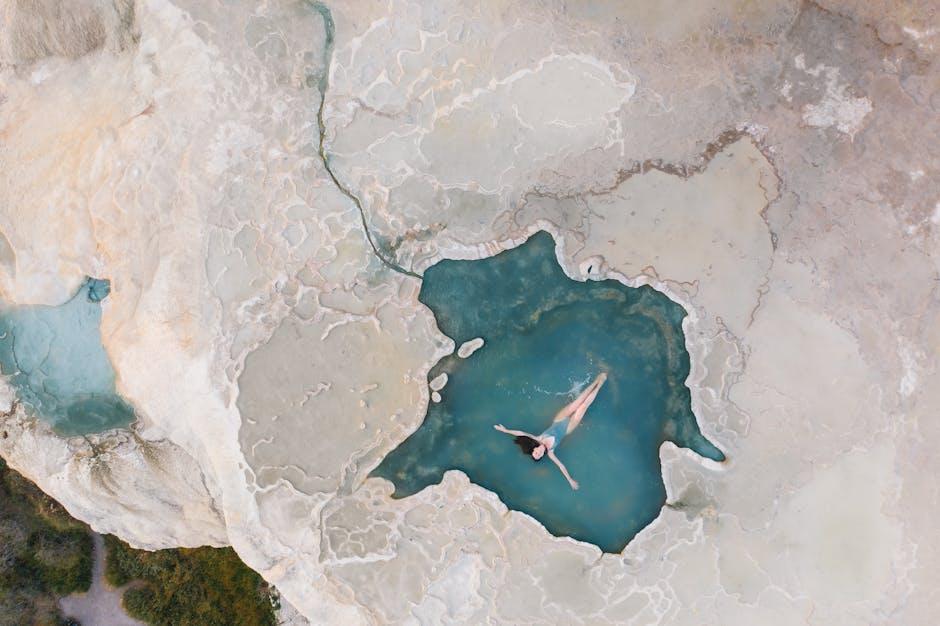
Addressing the Challenges of Over-tourism in Fragile Environments
The Amazon rainforest, a breathtaking tapestry of biodiversity, faces mounting pressures from the surge of global tourism. As visitors flock to witness its unparalleled natural beauty, the ecosystem teeters on the brink of irreversible damage. Balancing the allure of this vibrant wilderness with the imperative to preserve its delicate balance poses a significant challenge. Governments are tasked with the intricate responsibility of devising strategies that harmonize tourism with conservation.
- Capacity Limits: Establishing visitor caps in sensitive areas to prevent overcrowding and environmental degradation.
- Eco-friendly Infrastructure: Encouraging the development of sustainable accommodations and facilities that minimize ecological footprints.
- Education and Awareness: Implementing educational programs to enlighten tourists about the ecological significance and fragility of the Amazon.
- Community Involvement: Engaging local communities in tourism management, ensuring that they benefit economically while preserving their cultural heritage.
- Regulatory Frameworks: Crafting robust regulations that enforce responsible tourism practices and penalize violations effectively.
These strategies, among others, are pivotal in ensuring that the enchanting allure of the Amazon remains intact for future generations, allowing them to marvel at its wonders without compromising its existence.
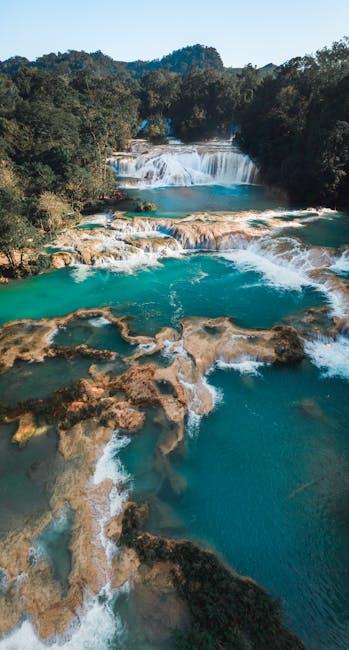
Crafting Comprehensive Regulations for a Resilient Amazon Tourism Industry
The Amazon Rainforest, often dubbed the “lungs of the Earth,” is not just a haven for biodiversity but also a growing hotspot for tourism. As this trend continues to rise, the call for comprehensive regulations becomes increasingly urgent. Establishing robust guidelines can ensure that tourism supports, rather than depletes, the Amazon’s rich ecosystems. Governments must consider balancing environmental protection with tourism growth, ensuring that both thrive in harmony.
- Environmental Impact Assessments: Prioritize thorough evaluations before approving new tourism projects to understand potential ecological consequences.
- Community Involvement: Engage local communities in the decision-making process, ensuring their voices and concerns shape tourism policies.
- Education and Awareness: Develop educational programs for tourists to foster respect and understanding of the Amazon’s unique environment.
- Infrastructure Development: Promote sustainable infrastructure that minimizes environmental footprints while enhancing visitor experiences.
- Monitoring and Enforcement: Implement effective monitoring systems to ensure compliance with regulations and swiftly address any breaches.
By crafting regulations with these elements, governments can create a resilient framework that not only safeguards the Amazon’s invaluable resources but also enriches the tourism experience for future generations.
To Conclude
As we reach the end of our exploration into whether governments should regulate tourism in the Amazon, it becomes clear that the path forward is as complex and diverse as the rainforest itself. The Amazon stands as a testament to nature’s grandeur, a vibrant mosaic of life that captivates the world. Yet, it is also a delicate ecosystem, teetering on the brink of irreversible change.
In considering the role of government regulation, we find ourselves at a crossroads. On one hand, thoughtful oversight could safeguard the Amazon’s unparalleled biodiversity and the indigenous cultures that call it home. On the other, too heavy a hand might stifle the very spirit of adventure and discovery that drives tourism’s allure.
As stewards of both the environment and the economy, policymakers face a delicate balancing act. It is a call to action not just for governments, but for all of us, to tread lightly and think deeply about the impact of our footprints. the Amazon’s story is still being written, and it is up to us to decide what legacy we will leave for generations to come. Let us hope that in our quest to witness its wonders, we remember to preserve them for the future.





